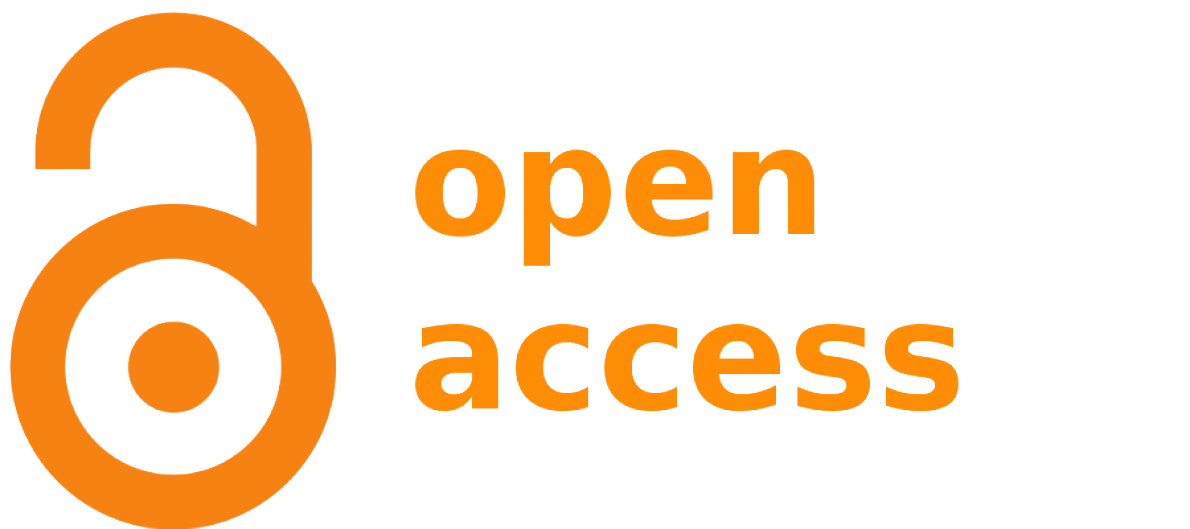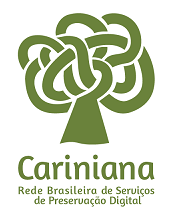Crianimalça: figurações da relação criança-animal
DOI:
https://doi.org/10.5433/1678-2054.2022v42p125-136Palavras-chave:
estudos da infância, estudos literários animais, literatura angolana, literatura moçambicanaResumo
O presente artigo oferece uma leitura comparada de duas narrativas de ficção, a saber: "Nós matámos o cão-tinhoso" de Luís Bernardo Honwana, e Quem me dera ser onda de Manuel Rui. Essas obras, cujos personagens principais são crianças e animais não-humanos, tematizam, entre outros tópicos, condições de vulnerabilidade enquanto correlacionam a resistência dos animais não-humanos com os atos de insurreição das crianças. A partir de uma revisão do complexo estatuto da criança dentro do modelo humanista (antropocêntrico e focado no humano adulto) e à luz dos estudos literários animais contemporâneos, este artigo propõe revisitar as obras supracitadas acima a partir de uma análise factual, não-alegórica, tanto das crianças como dos animais não-humanos. Desfocalizando o humano adulto, o objetivo aqui é examinar como a relação interespécie e de afeição que crianças desenvolvem para com animais não-humanos pode contribuir com maior fôlego para se pensar e debater, de uma forma mais antiantropocêntrica, a complexa e multidimensional relação entre humanos e não-humanos.
Downloads
Referências
AFOLABI, N. The golden cage: regeneration in Lusophone African literature and culture. Trenton: Africa Research & Publications, 2001
ALONSO, C. P. The Wind of Change in Nós matámos o cão-tinhoso. Ellipsis: Journal of the American Portuguese Studies Association, New Brunswick, v. 5, p. 67-85, 2007. Disponível em: https://apsa.us/ellipsis/5/alonso.pdf.
BROWN, C. E. The concept of vulnerability and its use in the care and control of young people. Tese (Doutorado em Sociologia e Políticas Sociais) - University of Leeds, jan. 2013. Disponível em: https://etheses.whiterose.ac.uk/4433/1/KB%20Thesis%20FINAL.pdf.
HARAWAY, D. J. The companion species manifesto: Dogs, people and significant otherness. 2. ed. Chicago: U of Chicago P, 2003.
HARAWAY, D. J. Staying with the trouble: making kin in the Chthulucene. Durham: Duke U P, 2016. DOI: https://doi.org/10.2307/j.ctv11cw25q
HARAWAY, D. J. Humanimal, 2013. Disponível em: https://bit.ly/3OPeeAT
HERINGER, E. Quem me dera ser onda: A infância e o risível numa leitura de Angola pós-Colonial. Anais do SILIAFRO, EDUFU, v. 1, n. 1, p. 185-197, 2012.
HONWANA, L. Nós matámos o cão-tinhoso. 1964. Disponível em https://bit.ly/3yLV3mf.
GIRARD, R. Des choses cacheÌes depuis la fondation du monde. Paris : Grasset, 1978.
GOMES, R. B., A. L. C Garcia. A falta de acessibilidade urbana para pessoas com deficiência e suas implicações em saúde mental e garantia de direitos humanos. Cadernos Brasileiros de Saúde Mental/Brazilian Journal of Mental Health, Florianópolis, v. 9, n. 24, p. 230-253, 2017. Disponível em: https://periodicos.ufsc.br/index.php/cbsm/article/view/69615.
JAMES, A., A. Prout. Constructing and reconstructing childhood: contemporary issues in the sociological study of childhood. 2. ed. London: Routledge Falmer, 1997.
MURRIS, K. The posthuman child: educational transformation through philosophy with picturebooks. Londres: Routledge, 2016. DOI: https://doi.org/10.1007/978-981-287-532-7_164-1
MURRIS, K. A MANIFESTO. Posthuman child: de/colonising childhood through reconfiguring the human, 2018. Disponível em: https://bit.ly/3yMZSvC.
MURRIS, K. Professor Karin Murris: reconfiguring the human and educational relationality, 2018. Disponível em: https://bit.ly/3At3uE4.
MWANGI, E. M. The postcolonial animal: African literature and posthuman ethics. Ann Arbor: U of Michigan P, 2019. DOI: https://doi.org/10.3998/mpub.9955521
OERLEMANS, O. A defense of anthropomorphism: comparing Coetzee and Gowdy. Mosaic a journal for the interdisciplinary study of literature, Winnipeg, v. 40, n. 1, p. 181-196, 2007.
PANDE, A. Why animals matter in literature and culture, 2021. Disponível em https://bit.ly/3RePbJ5.
PIPER, C. Investing in children: policy, law and practice in practice. London: Willian, 2008.
RUI, M. Quem me dera ser onda. 1982. Disponível em: https://bit.ly/3yhFnpm.
SHAPIRO, Kenneth & Marion W. Copeland. Toward a critical theory of animal issues in fiction. Society & Animals, Ann Arbor, v. 13, n. 4, p. 343-346, 2005. Disponível em: https://www.animalsandsociety.org/wp-content/uploads/2016/01/shapirocopeland.pdf. DOI: https://doi.org/10.1163/156853005774653636
THIYAGARAJAN, N. We are not in this world alone: on drawing close, animal stories, and a multispecies sense of place. Palgrave Studies in Animals and Literature. Cham: Springer, 2021. p. 79-94. DOI: https://doi.org/10.1007/978-3-030-39773-9_6
WANNENBURGH, A. The bushmen. Cape Town: Struik, 1999.
WOODWARD, W. Social subjects: representations of dogs in South African fiction in English. Canis Africanis. Leida: BRILL, 2008. p. 235-262. DOI: https://doi.org/10.1163/ej.9789004154193.i-300.51
WOODWARD, W. "Disabilities" and trans-species connections in Luis Bernardo Honwana's "We killed mangy-dog," Paul Auster's Timbuktu and Helen Humphreys' Wild dogs. Forum for world literature studies, Hong Kong, v. 6, n. 1, p. 24-40, mar. 2014.‌ Disponível em: http://www.fwls.org/uploads/soft/210603/10479-210603161338.pdf.
Downloads
Publicado
Como Citar
Edição
Seção
Licença
Copyright (c) 2022 Terra Roxa e Outras Terras: Revista de Estudos Literários

Este trabalho está licenciado sob uma licença Creative Commons Attribution-NonCommercial 4.0 International License.
Autores que publicam nesta revista concordam com os seguintes termos:
a) Os(as) autores(as) mantêm os direitos autorais e concedem à revista o direito de primeira publicação, sendo o trabalho simultaneamente licenciado sob a Creative Commons Attribution International 4.0 License, permitido o compartilhamento do trabalho com reconhecimento da autoria do trabalho e publicação inicial nesta revista.
b) Os(as) autores(as) têm autorização para assumir contratos adicionais separadamente, para distribuição não-exclusiva da versão do trabalho publicada nesta revista (ex.: publicar em repositório institucional ou como capítulo de livro), com reconhecimento de autoria e publicação inicial nesta revista.
c) Autores têm permissão e são estimulados a publicar e distribuir seu trabalho em linha (ex.: em repositórios institucionais ou na sua página pessoal) após o processo editorial, já que isso pode gerar alterações produtivas, bem como aumentar o impacto e a citação do trabalho publicado (Veja O Efeito do Acesso Livre).
d) Os(as) autores(as) dos trabalhos aprovados autorizam a revista a, após a publicação, ceder seu conteúdo para reprodução em indexadores de conteúdo, bibliotecas virtuais e similares.
e) Os(as) autores(as) assumem que os textos submetidos à publicação são de sua criação original, responsabilizando-se inteiramente por seu conteúdo em caso de eventual impugnação por parte de terceiros.




















